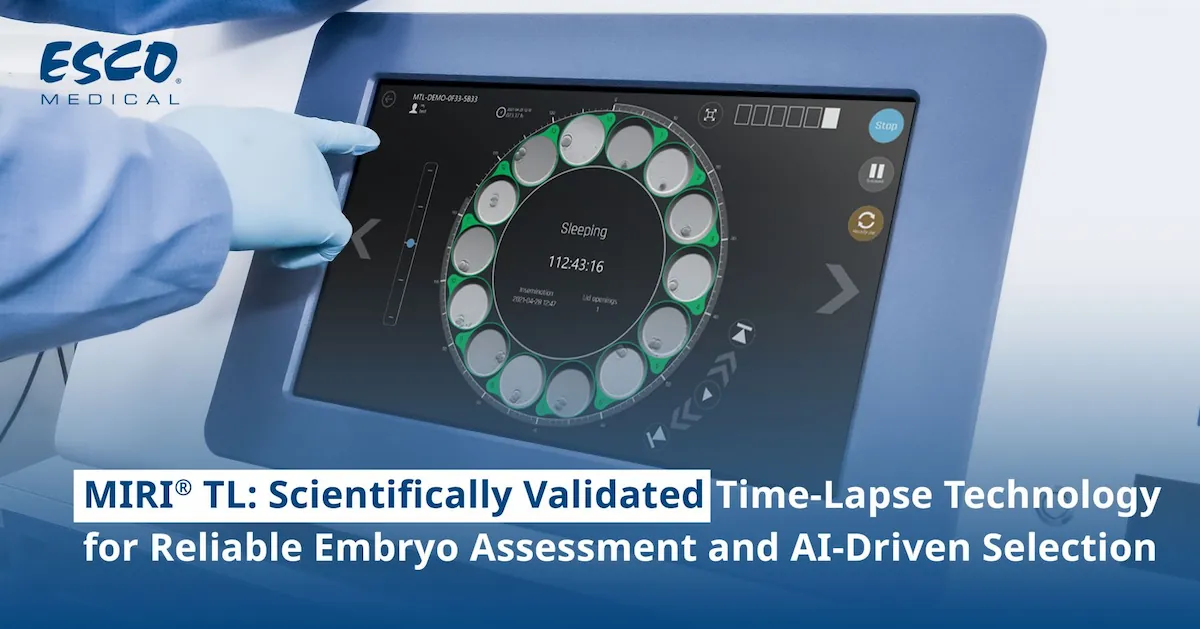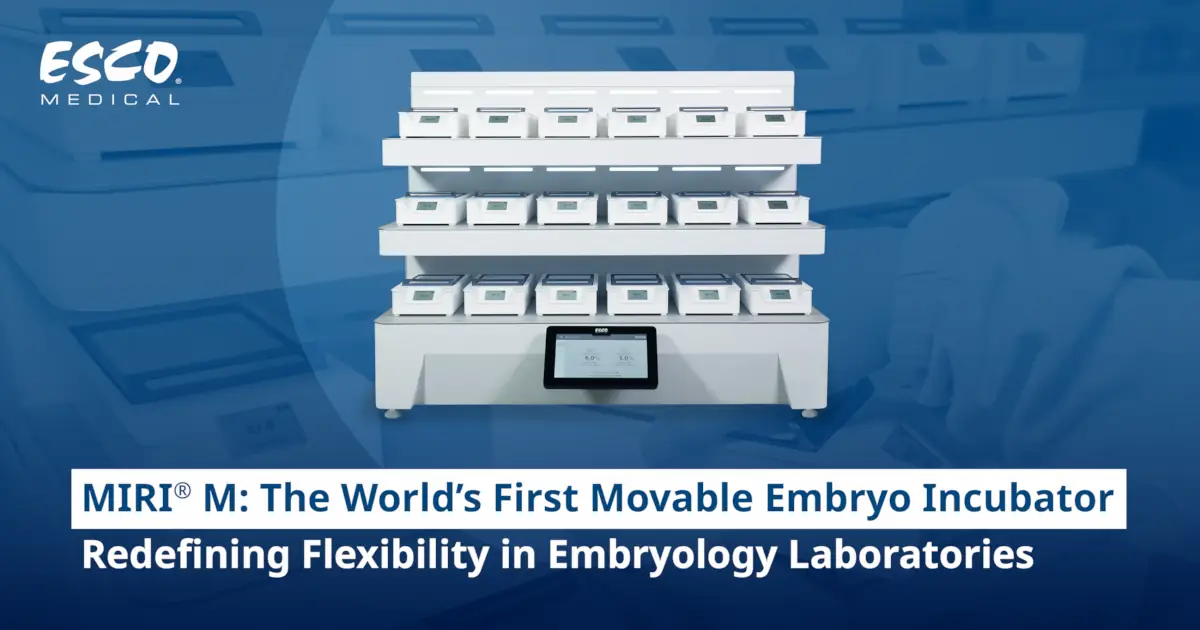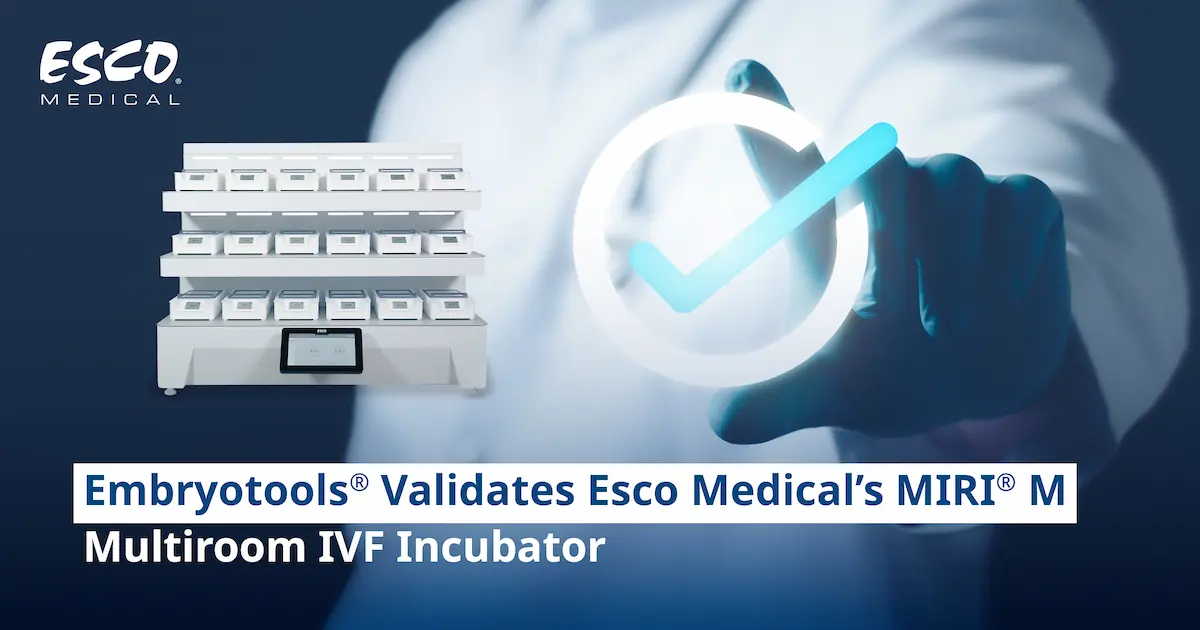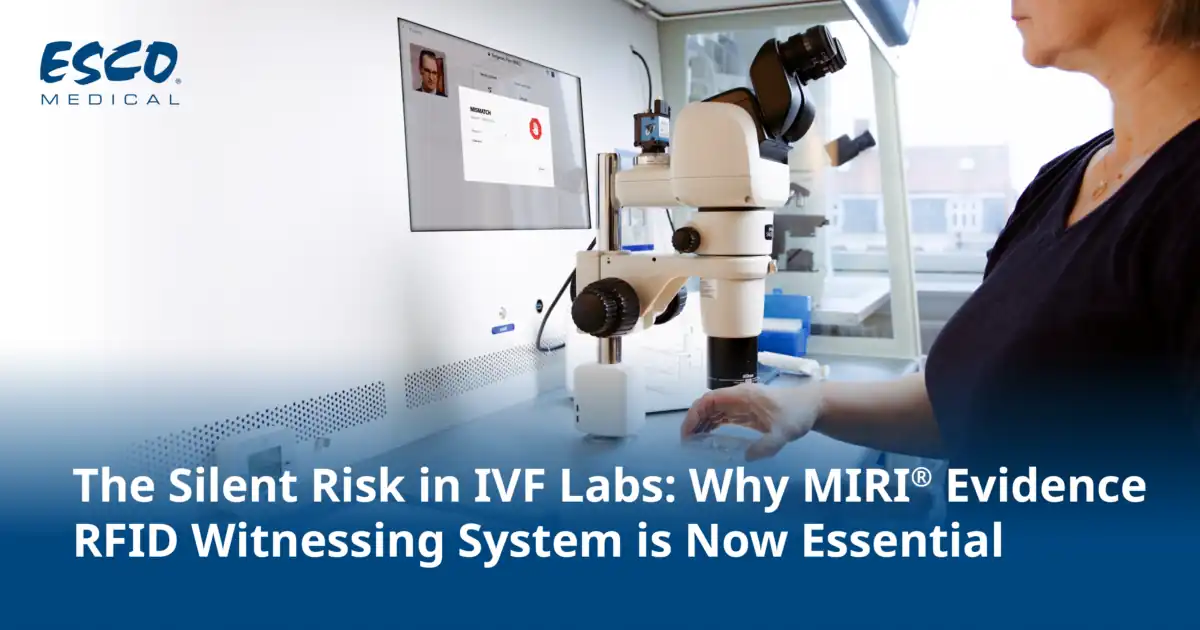Incubators are essential laboratory equipment especially in IVF clinics. They are mainly used in different biological procedures that allow and support the growth and development of organisms in ideal conditions of carbon dioxide/ oxygen, temperature, and humidity. During the past two decades, advances in the in vitro fertilization (IVF) industry have amplified the call for more efficient incubation systems, equipment, and services.
IVF clinics and laboratories are regularly monitoring and adjusting desired parameters (like carbon dioxide, oxygen, temperature, and humidity) so as to ensure accuracy and maintenance of optimum environment for the embryo. Currently, various incubators available in the market are often equipped with sensors which are indispensable in controlling and monitoring such parameters.
There are several types of sensors used, with infrared (IR) sensors and thermal conductivity (TC) sensors as the more common types. Moreover, quite a number of sensors are constructed of platinum, claimed to withstand corrosion quite well. Thermal conductivity sensors measure changes in temperature internally and has proven their effectiveness through the years. However, these sensors are delicate to changes in moisture. On the other hand, infrared CO2 sensors measure diffraction of carbon dioxide internally and are supposedly resistant to relative humidity and less inclined to drift over time since they have auto-zero calibration cycles every few hours.
Incubator Specifications:
These are parameters considered essential in choosing an incubator.
- Capacity of the chamber: pertains to the size of the chamber that is available for allowing growth (may also pertain to the number of chambers)
- Temperature range the incubator can control and control accuracy
- Relative humidity the incubator can control
- Carbon dioxide range and control
Esco Medical’s range of bench top incubators is able to meet and showcase these vital specifications, from the compact, 2-chambered Mini MIRI® incubators (dry and humidity), to the classic 6-chamber MIRI® incubator and the 12-chamber MIRI® II incubator. Even the MIRI® time-lapse is equipped with these features. All of these IVF incubators work excellently in monitoring and controlling all essential parameters with the help of the sensors present in them.
Sensors found in Esco Medical’s line of incubators:
CO2 sensor: M400 is a CO2 sensing technology that provides high-end performance of dual beam technology. It is valuable during frequent calibration and the fastidious nature of CO2 measurement equipment. It operates on the principle of non-dispersive infrared sensor (or NDIR sensor) which is a simple spectroscopic sensor often used as a gas detector.
Temperature sensors: Located at the bottom of the incubator’s compartment is the LM35 sensor while the PT1000 sensor is found at the top of the incubator compartment. The LM35 is an integrated circuit temperature sensor, wherein the output voltage varies, based on the temperature surrounding it. It is a small and inexpensive IC that can be used to measure temperature anywhere between -55°C to 150°C.
The Pt1000 sensors, on the other hand, are the second most common type of platinum resistance thermometer. Pt refers to that the sensor is made from Platinum (Pt) while 1000 refers to a resistance of 1000 ohms (Ω). Pt1000 sensors are used in two wire applications as Pt1000s make lead resistance less substantial.
O2 sensor: KE-25 is an exceptional galvanic cell type oxygen sensor. This oxygen sensor is known for its long life expectancy, superb chemical durability, and is not influenced by CO2. They are the most commonly used sensors for oxygen monitoring in fields like combustion gas monitoring, the biochemical field, medical applications (IVF incubators), and even in domestic combustion appliances.
Learn more about Esco Medical’s embryo culture incubators by visiting the Esco Medical website.





